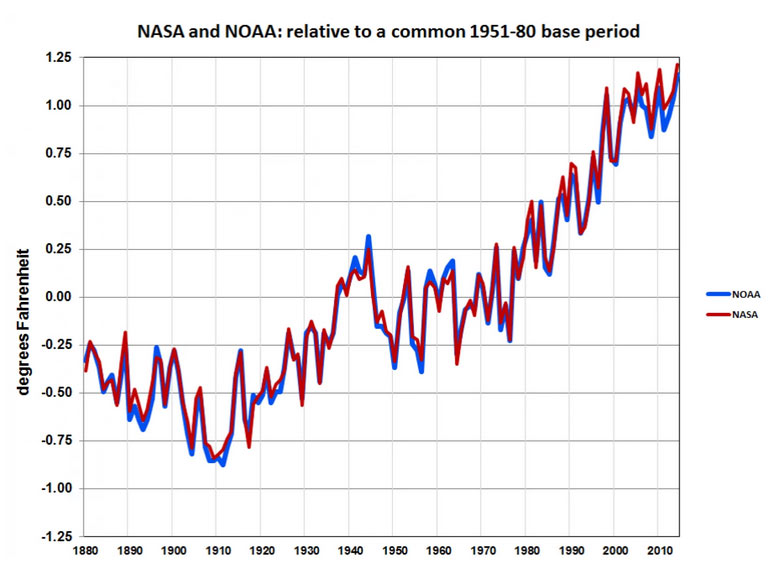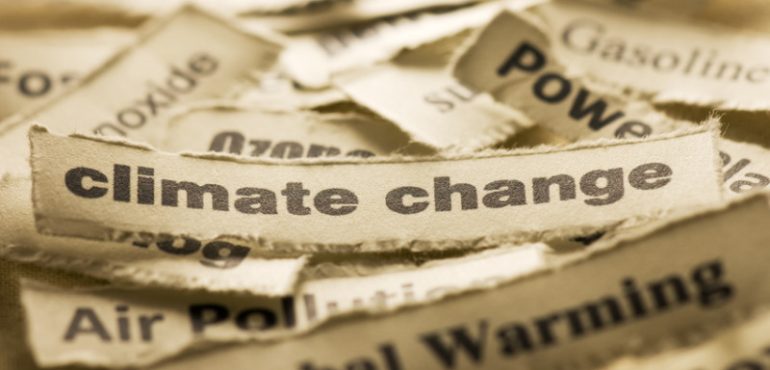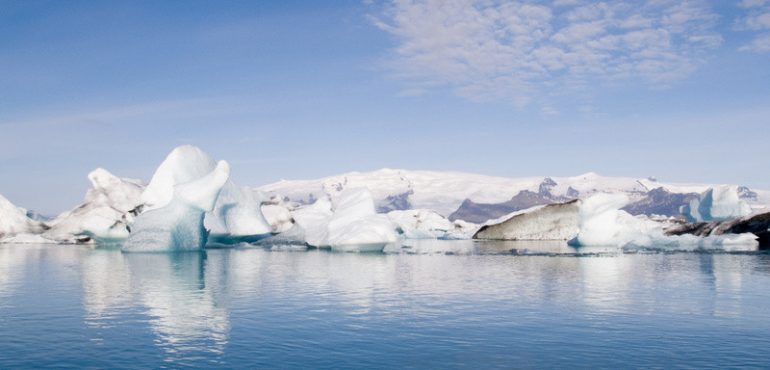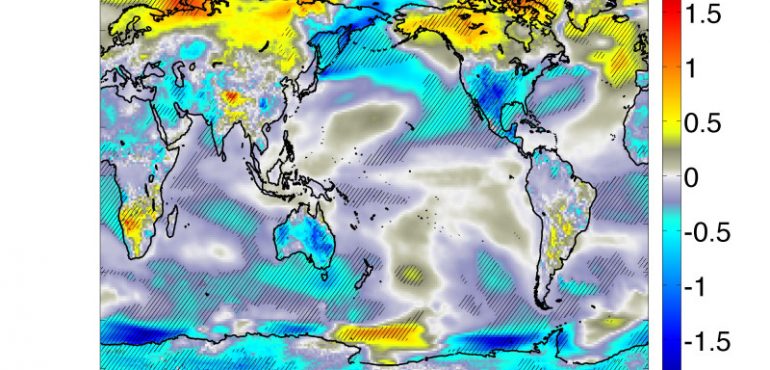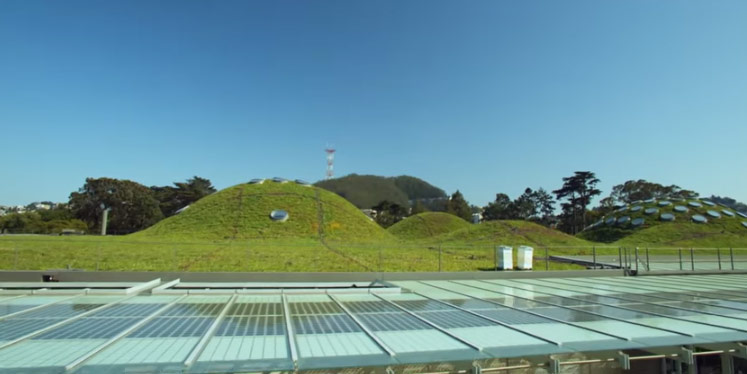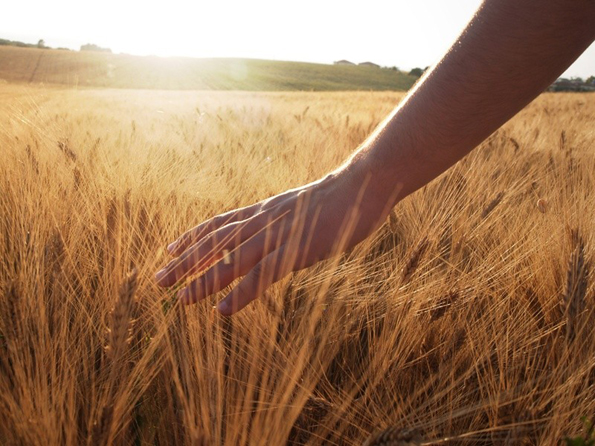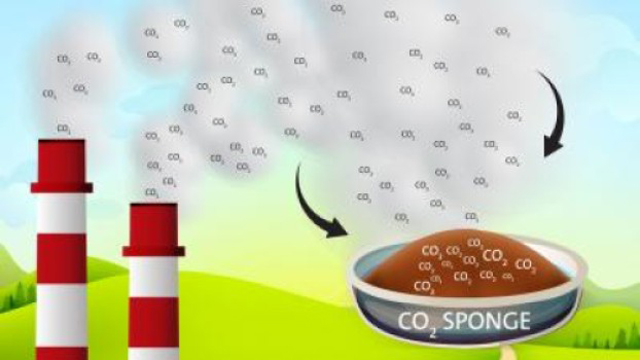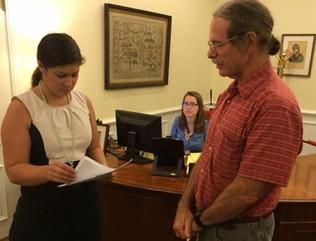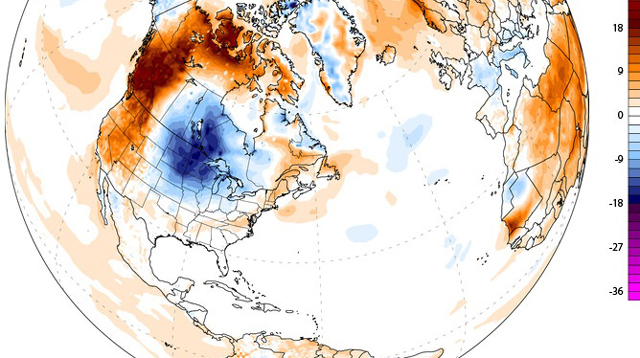During the second half of the 21st century, the U.S. Southwest and Great Plains will face persistent drought worse than anything seen in times ancient or modern, with the drying conditions "driven primarily" by human-induced global warming, a new study predicts. The research says the drying would surpass in severity any of the decades-long "megadroughts"…
Read more
Warming pushes Western U.S. toward driest period in 1,000 years: Unprecedented risk of drought in 21st century


